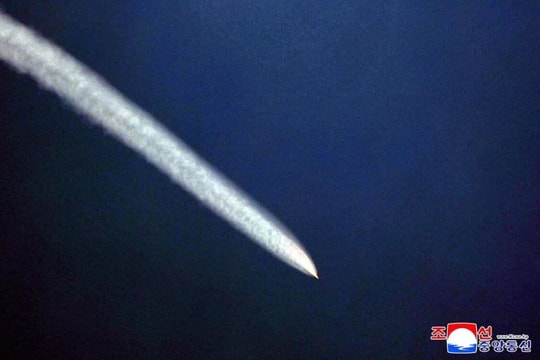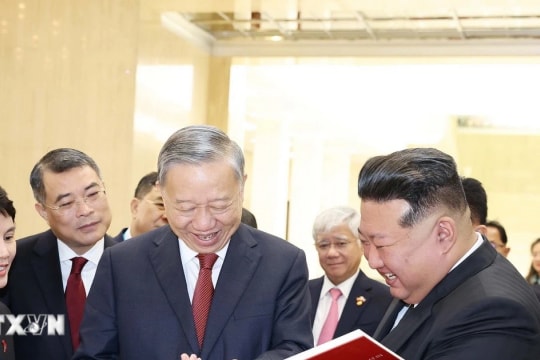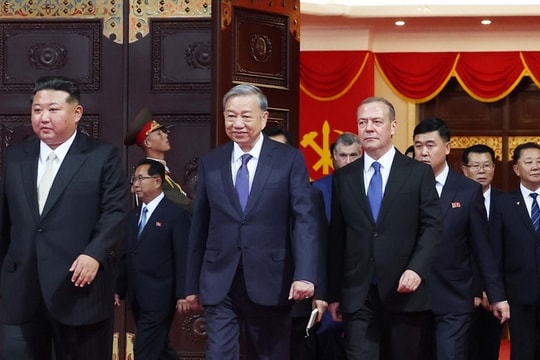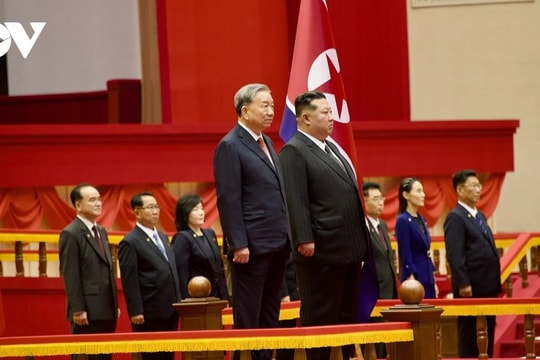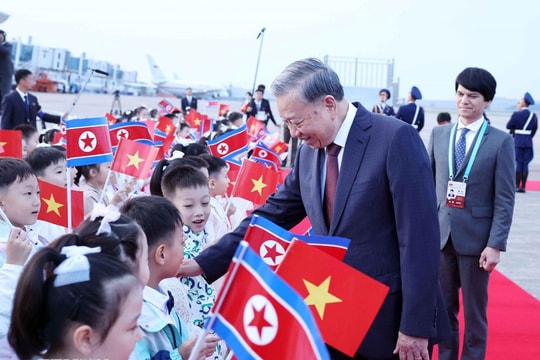North Korea announces strategic cruise missile test ahead of Trump's visit to South Korea
The Korean Central News Agency (KCNA) reported on October 29 that the country conducted a strategic cruise missile test in the Yellow Sea on October 28. This move took place right before US President Donald Trump's visit to South Korea to attend events related to the Asia-Pacific Economic Cooperation (APEC) forum.
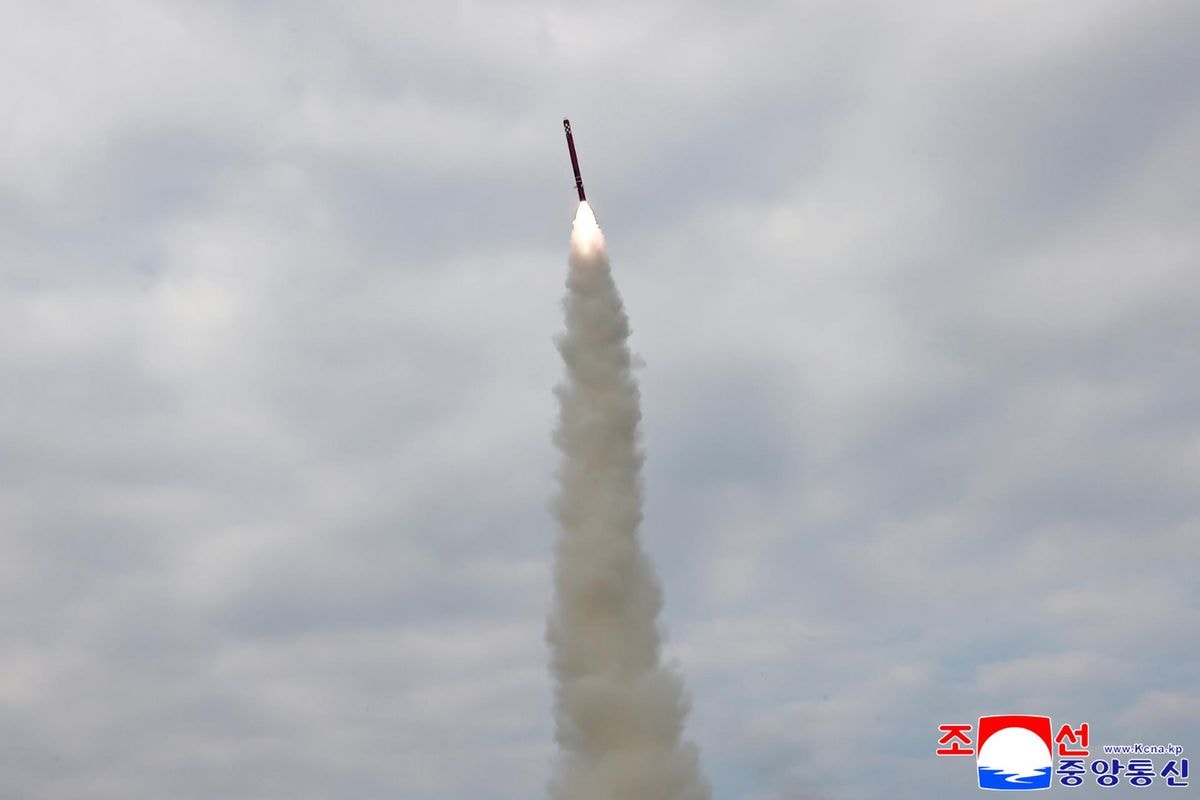
The test was conducted in the context of Donald Trump, during his visit to South Korea from October 29-30, expressing his desire to meet North Korean leader Kim Jong-un. However, Pyongyang has yet to give an official response to this proposal.
According to KCNA, these are strategic cruise missiles modified for launch from warships. The source said the missiles were launched vertically, flew for more than 7,800 seconds along a predetermined trajectory over the Yellow Sea and hit their targets.
The news agency did not reveal other technical details, including flight range.
North Korean leader Kim Jong-un did not directly supervise the test.
The test was supervised by Pak Jong-chon, vice chairman of the Central Military Commission of the Workers' Party of Korea, and key defense officials.
Pak Jong-chon said North Korea had achieved a "crucial success" in putting its nuclear forces into a "state of actual readiness." He stressed that the test was an "expansion of the war deterrence exercise" and an act of "demonstrating its capabilities to the enemy."
Mr. Pak also called for "continuous strengthening of the nuclear combat posture." KCNA added that during the trip, Mr. Pak inspected the training of the crews of the new 5,000-ton destroyers Choe Hyon and Kang Kon.
On the South Korean side, the Joint Chiefs of Staff (JCS) announced on the same day that it had detected the launch at 3:00 p.m. (local time) on October 28. The JCS said that South Korean and US intelligence agencies are analyzing the missile's detailed technical specifications.
"Our military is maintaining a full combat readiness posture to respond overwhelmingly to any North Korean provocations while closely monitoring its movements... under a solid combined defense posture with the United States," the JCS said.
This is the first time North Korea has launched a cruise missile in five months.
International observers have made many comments. Mr. Lim Eul Chul, professor at the Institute of Far Eastern Studies at Kyungnam University (South Korea), said that this is "a message that North Korea will persist in strengthening its nuclear force" regardless of diplomatic events such as APEC. He commented that the possibility of a US-North Korea meeting "has become fragile".
Military experts estimate that this could be a variant of the Hwasal missile. Previously, North Korea tested the Hwasal-1 (range 1,500 km) and Hwasal-2 (range 2,000 km) missiles.
Analysts believe the Hwasal missile is capable of carrying a nuclear warhead and is designed to be equipped with a vertical launch system on North Korea's new generation of destroyers. Based on the flight time (more than 7,800 seconds), some analysts, such as Mr. Hong Min (Korea Institute for National Unification), estimate that the missile can reach a range of about 1,500 km, enough to reach Japan and parts of China if launched from the Yellow Sea.

